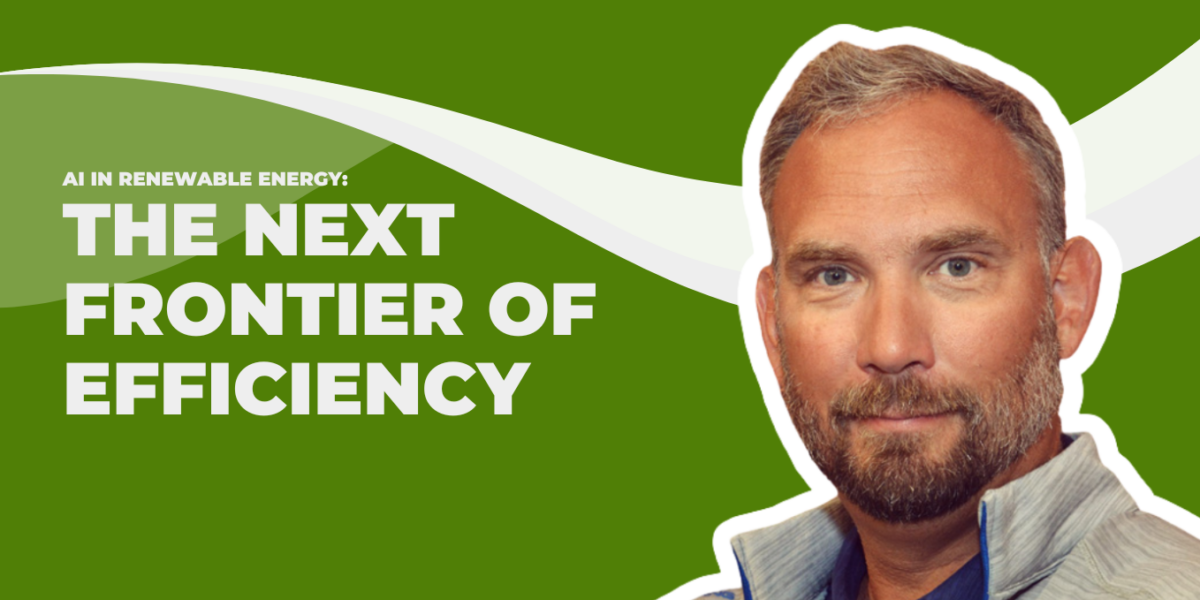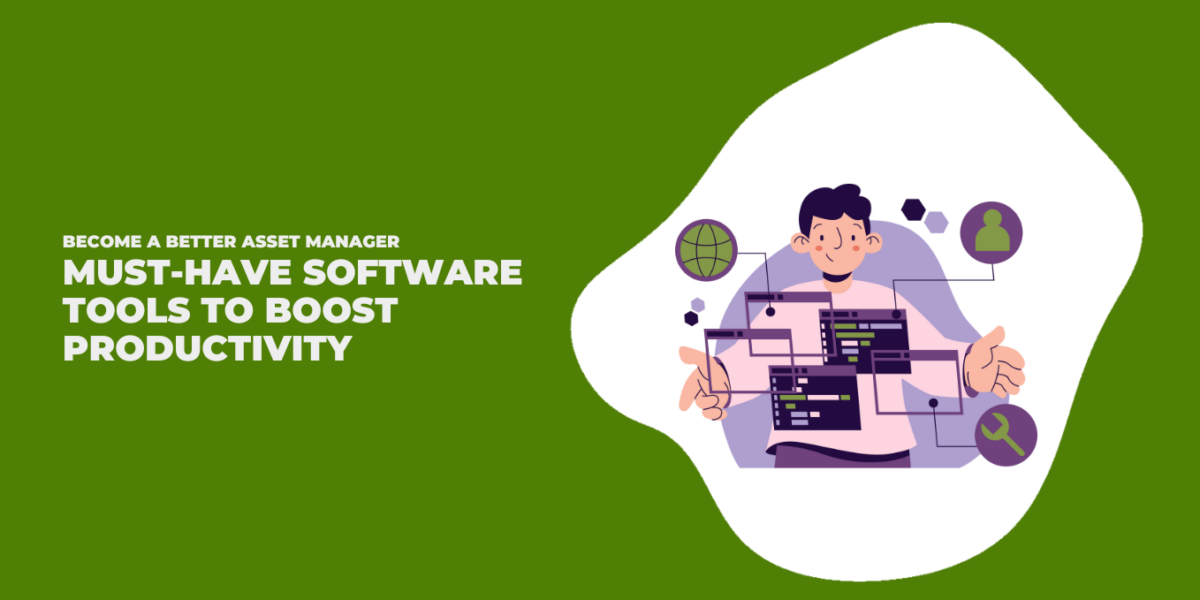Solar Asset Management
We get it—you’re in renewable energy. You’re growing, doing good work managing PV O&M, buying, developing, running new solar or wind farms, and feeling confident about the future. You follow the rules (this ain’t the wild west), and while regulations might lag behind the industry and the technology, you simply focus on minimizing the extent to which it gets in your way.
The “solar coaster” is a wild one. You may think you are growing too fast or not fast enough…but there’s definitely a right and wrong way to grow. SunEdison played this out when it flew off the tracks in 2016.
Any professional out there has likely been to more talks and conferences over the years than they can say, and very few stick with you. Years ago, I attended one about failing the right way—how failure shouldn’t be the dirty little secret you deal with, then sweep under the carpet and never think about again. It should be studied, pulled apart and learned from. I think back to that talk often, and I think it applies quite well to our industry.
SunEdison
When SunEdison failed, it became a cautionary tale of a company that departed from its original founding principles, and for a time forgot that it may not be “slow” that wins the race, but sometimes “steady” does. Jigar Shah, its founder, was quoted as saying, “SunEdison at its core is a boring construction company, that earns the trust of its institutional investors by being boring and managing risks.” On the contrary, it leveraged cheap debt and a strong brand to be the antithesis of a cautious construction company, and acted like a (*gasp*) technology company. It exploded (and then imploded) when it became apparent that it couldn’t support the growth it had so aggressively chased.
In retrospect it seems like an obvious failure of foresight, but it’s actually a consequence of the nuanced cultural shift that technology giants help create: that you pursue growth at any cost, that you adapt on the fly, that the money will come, and that—if you’re big enough—you’re untouchable. Think Facebook, Uber, Spotify, and every other app or website that’s created an empire in five years or less.
I’ve always loved this undercurrent of revolutionary-ism that drives technology forward, but growth needs to be built on sound foundations. Shah himself acknowledged the fact that SunEdison simply overextended itself. It should have used technology to help its business adapt, to empower its employees, to better run its existing assets, and it should have taken a considered approach to acquisition and development.
I’m convinced that there’s a right and a wrong way to go after growth—you stress test your people, your processes, your tools, and your cash flow before you tackle some opportunities. It’s often too easy to push issues forward and hope that the fires extinguish themselves, but prevention is better than a cure.
Soltage Asset Management
Solar asset managers are growing and should continue to grow their portfolios, naturally. Yet companies like Soltage Asset Management can handle fast, sustainable growth without adding a single new team member (we hate to toot our own horn, but with our help, Soltage’s number of assets under management grew by 56% and their costs didn’t).
No one doubts that the opportunities are there. Reports put the global market about halfway to ubiquity. The size of the market has doubled year over year. And you’re probably growing your portfolio of projects, hoping to ride the wave. But how are you growing? What’s keeping you from falling off the edge? What’s your secret sauce?
Change is the main constant in our industry, so how do you build a foundation for your business that can meet the future? PowerHub can help.




